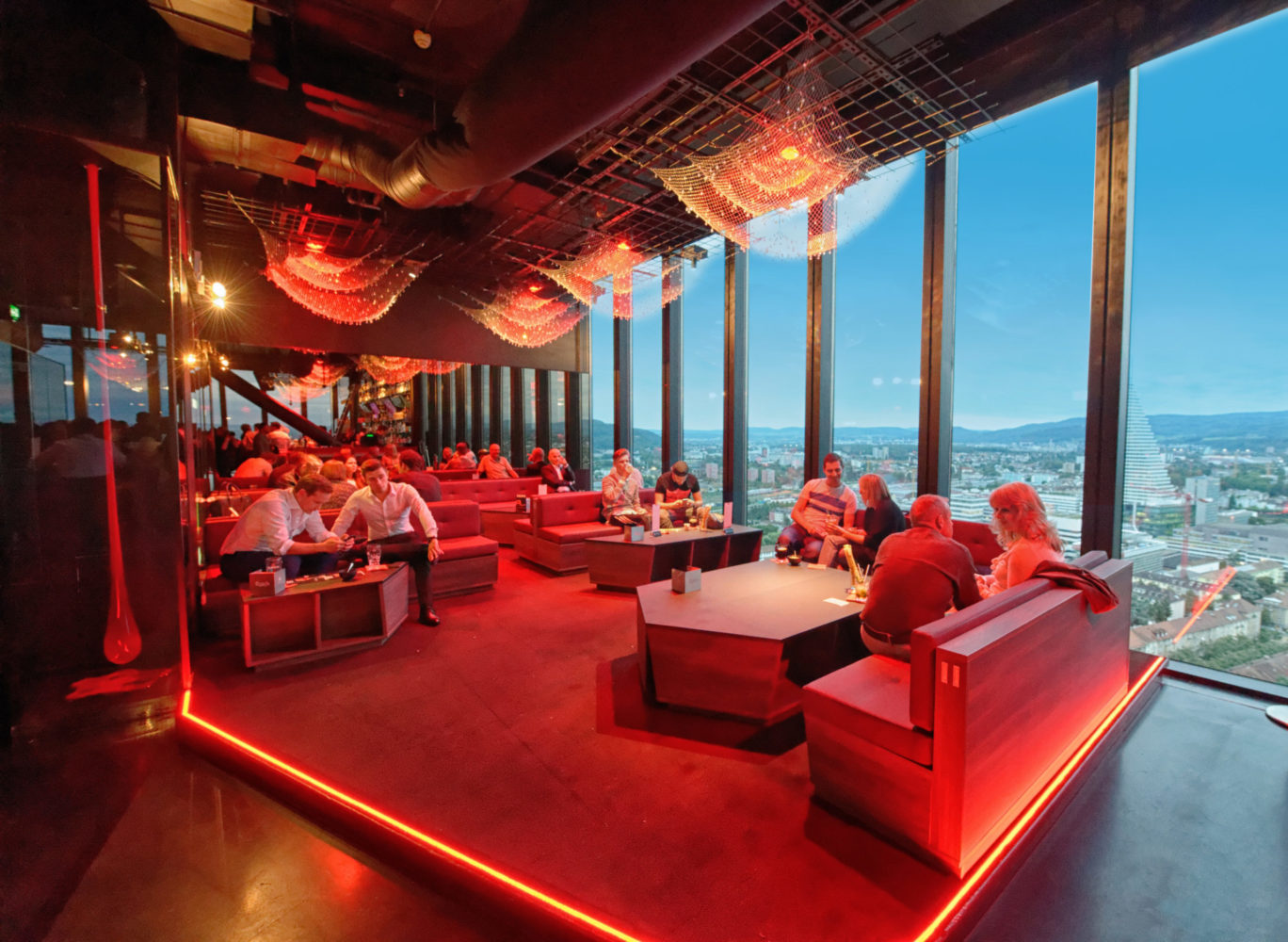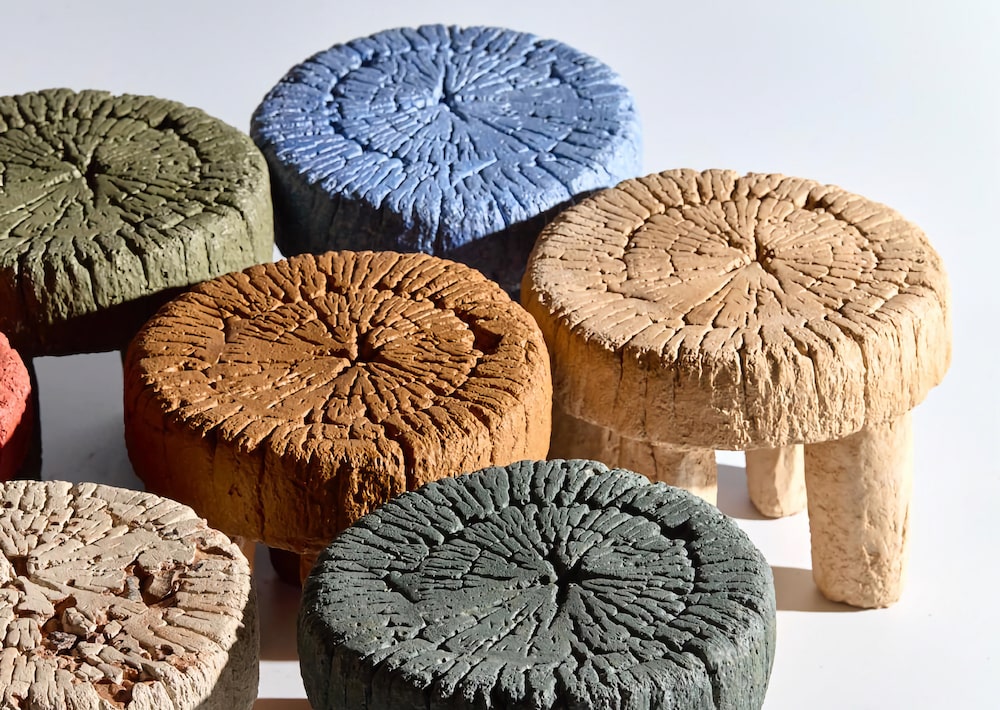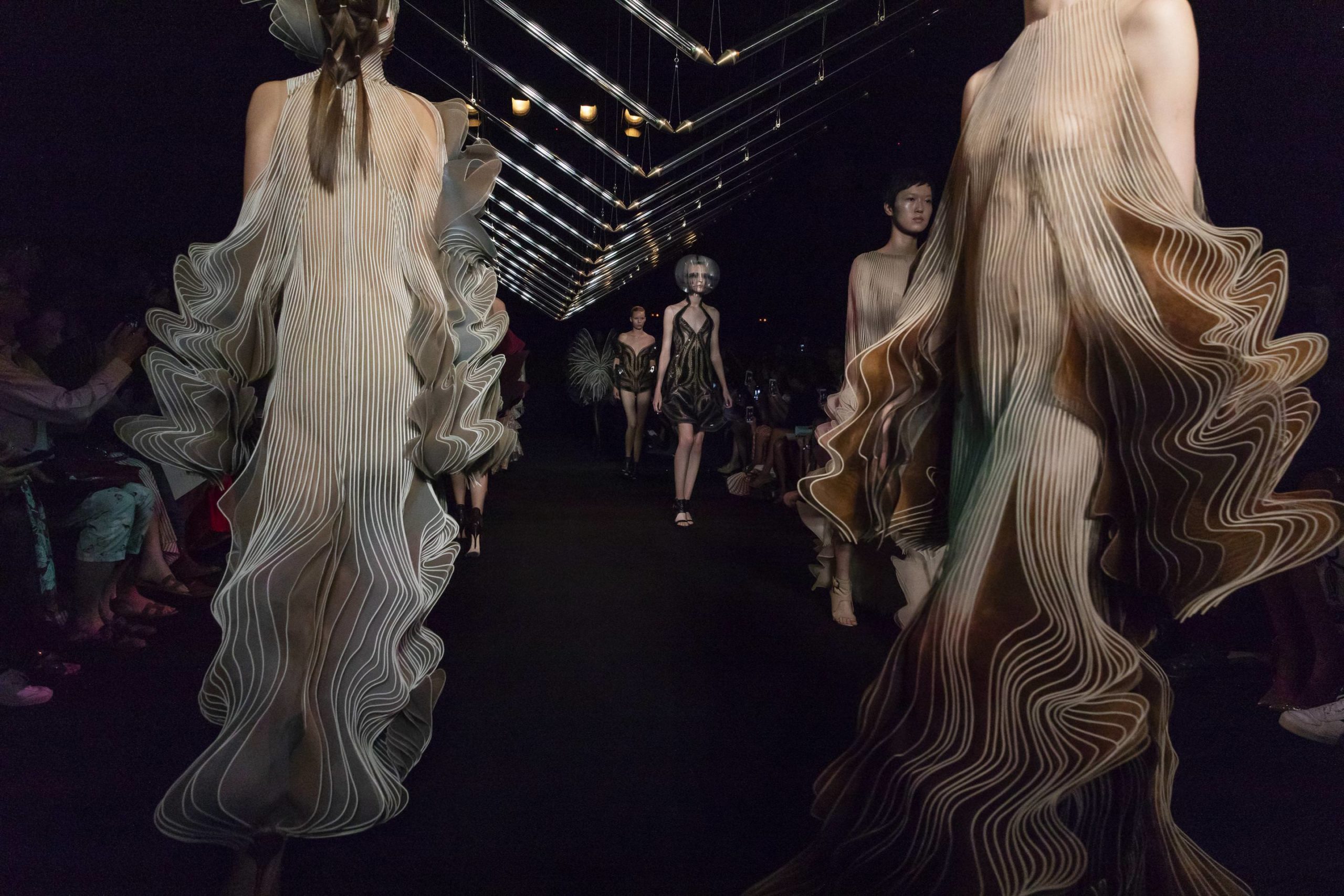For over a decade, Rami Tareef has been practicing Craft Oriented Design. An idea he arrived at while in school for industrial design, it mixes traditional craft with contemporary values, like a chair of geometric patterns woven around a steel frame. The Israeli designer believes an object, when touched by its maker, gains a soul, and he practices thinking with his hands.
When Whitewall spoke with Tareef, he had just been appointed head curator of the design and architecture department at the Israel Museum, Jerusalem. Excited to promote Israeli design and architecture at home and on the world stage, he shared details about his recent interest in metalsmithing and about arriving at the truth of a material.

Courtesy of Bar Rouge.
We checked in recent with Tareef to see how he is doing at this time. He shared, “Since the pandemic started to spread in Israel…I found my self canceling almost all my design activities. At the same time, we switched to teaching design through digital tools in one week. I have to say, teaching design through video conference has several pros and cons…the other side of the design activity is taking part in the enormous efforts by the design community in Israel to help to fight the coronavirus in many ways, such local production (3D printing) of PPE for medical staff and finding instant solutions for other problems in the hospitals and shortages of essential equipment…I’m sure we will learn and conclude a lot about the many things that correlated with our profession and I will find a way to expose and share these insights and conclusions in an appropriate way.”
WHITEWALL: Can you share from where your passion for design stems?
RAMI TAREEF: I think the more I understand the meaning of what I really am doing in my design, I realize that it’s something closer to a mission for a lifetime, rather than solving problems of everyday life. As this understanding becomes clearer to me, it’s easier to articulate from where my design has been generated.
Having said that, I consider myself a social agent of design, and from that perspective, I look, explore, research, and generate the ideas and passion that motivated me to act. Social and cultural issues are the fertile playground and incentive for a new project. Some will be a problem-solving design in the top-down methodology, and others will tackle a social phenomenon and address a new proposal to deal with it, whether it’s in the context of material culture or in a human behavioral context.
WW: Can you describe your studio practice and the idea of Craft Oriented Design?
RT: Craft Oriented Design (COD) was the idea behind one of my first important projects. It developed a decade ago as my graduation project in the industrial design department at Bezalel Academy of Arts and Design, Jerusalem.
It is a basic weaving technique that I learned and developed through a new presence of contemporary design. It preserves the handmade technique and delivers new values of materiality, visuality, and sociocultural argument about what could be craft preservation in our modern and technologically submerged world and reality.
The project ended up with an avant-garde collection of handmade woven chairs that had been developed and executed by me. Later, two designs from this collection were mass-produced under the Gaga & Design brand and have been marketed internationally. That closed the circle of the preservation intention which started the whole process.
WW: How did you become interested in marrying traditional techniques, like weaving and leather work, with contemporary design?
RT: I believe there’s always something that you inherit from your home and childhood experiences. I have always been captivated by the handwork. That is something I got from my parents and it’s embedded in my design process. I like to call it “hand thinking.” When you are working with your hands, it’s a different kind of thinking.
WW: What have been some traditional techniques you’ve explored recently?
RT: Recently, I’m interested in metalsmithing, not in the traditional meaning of making jewelry, but to consolidate the essence of its aesthetic to a much larger artifact. I pick different ingredients from traditional craft, like material, technique, process, or aesthetic values, to formulate a new meaning and impose it on new objects.
WW: You’ve said that you are interested in discovering the “truth” of material. How, as a designer, do you get to that truth?
RT: For me, this is a progressive process. Discovering the essence of any material or technique is something that is revealed to you gradually. The closer your relation to it, the closer you get to the truth of it.
WW: You’ve asked the question, “Do objects have a soul?” What do you think? Do you think craft, or the touch of the hand imbues an object with a soul?
RT: In every sense of meaning, I believe that objects become themselves as they are touched by their own creator. That’s what makes them artifacts, and artifacts always have been part of us and part of our soul.
WW: What projects are you working on at the moment?
RT: I’m working on several projects that fall especially in the realm of social design, while conducting theoretical and practical research about the role of design in the manner of sociocultural change.
WW: Earlier this year, you curated “Becoming” at Apter Barrer Art Center Maalot—a group show of individual and collective designers in Israel. How would you describe this moment in design in Israel?
RT: We are in a very interesting moment for Israeli design. The exhibition was a perceptive and honest attempt to offer a wide glance on how the designers are reflecting their identity in their work. It looked at three decades of Israeli design—the nineties, aughts, and the second decade of the 21st century.
As expected, things appear to be complicated when it comes to identity, where nationality, religion, gender, color, race, and ethnicity intersect and become interlinked—even when design communicates a straightforward message and clear statement. Israeli design is still evolving as it’s influenced by three main factors: the world’s design scene, the local sociocultural and environmental turbulence, and the technology movement. The results are very exciting and promising, but on the other side, they still lack the historical depth of tradition as an immigrant and relatively young country









